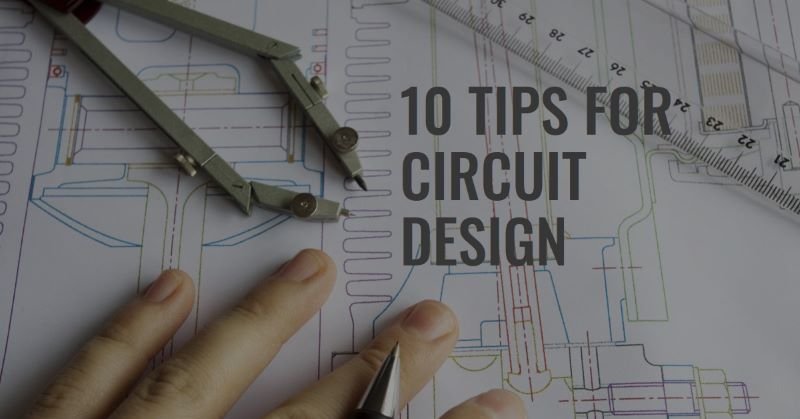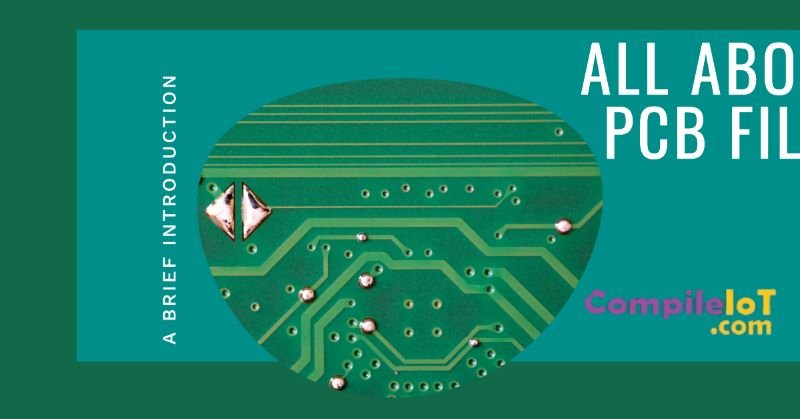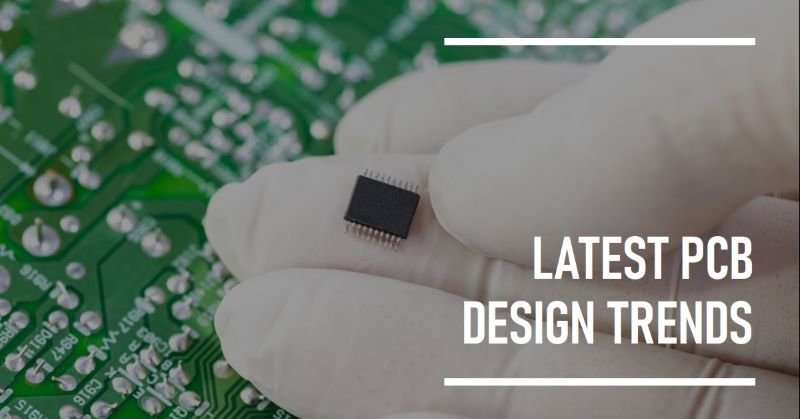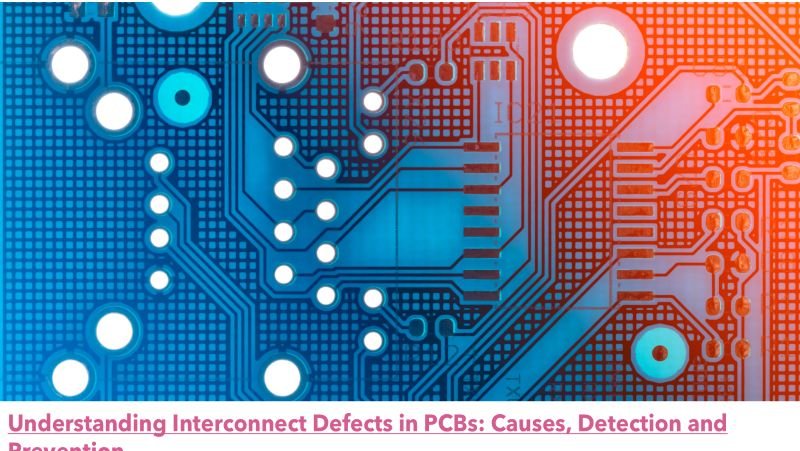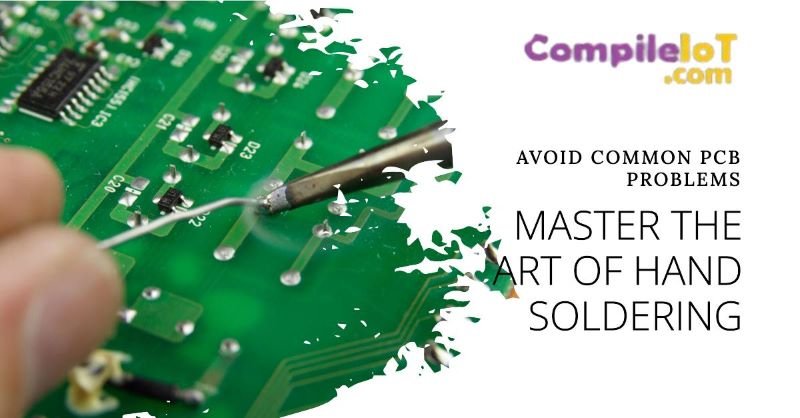Top 10 Tips for Successful Electronic Circuit Design
Electronic circuit design is a complex and intricate process that requires careful planning and execution. There are several key factors to consider in order to ensure the success of your electronic circuit design. In this guide, we will explore top 10 tips for successful electronic circuit design:
Understand Your Circuit Design Requirements
Before diving into the actual design process, it is imperative to have a comprehensive understanding of your circuit design requirements. This involves clearly defining the functionality, performance specifications, power requirements and any constraints or limitations that may impact the design. By having a clear grasp of these requirements, you can make informed decisions throughout the design process, ultimately leading to a more efficient and effective circuit design.
Initiate with a Schematic Diagram
A schematic diagram serves as the blueprint for your electronic circuit design. It provides a visual representation of the components and their interconnections within the circuit. Initiating the design process with a well-thought-out schematic diagram not only helps in organizing your thoughts but also serves as a reference point for the entire design process. It allows you to identify potential issues and make necessary modifications before proceeding to the actual implementation.
When creating the schematic diagram, it is essential to use standardized symbols and notation to ensure clarity and consistency. This will facilitate better communication and understanding, especially if there are multiple stakeholders involved in the design process.
Leverage a Quality Design PCB Software
Utilizing a high-quality PCB (Printed Circuit Board) design software can significantly streamline the circuit design process. These software tools offer a range of features such as schematic capture, component libraries, design rule checks, and layout editors, enabling you to translate your schematic diagram into a tangible circuit board layout.
When selecting a PCB design software, consider factors such as ease of use, compatibility with your design requirements, availability of support and resources, and scalability for future projects. Investing in a reliable PCB design software can enhance the efficiency and accuracy of your circuit design, ultimately leading to better outcomes.
Double Check Component Spacing
One common pitfall in electronic circuit design is overlooking the spacing between components on the PCB. Inadequate component spacing can lead to issues such as interference, heat buildup, and difficulty in assembly and maintenance. It is crucial to double-check and optimize the component placement to ensure adequate spacing for proper airflow, heat dissipation, and signal integrity.
Furthermore, considering the thermal characteristics of components and ensuring proper ventilation can contribute to the overall reliability and longevity of the electronic circuit. Paying attention to component spacing is essential for mitigating potential issues and optimizing the performance of the circuit.
Avoid Right Angle Traces
When routing traces on the PCB, it is advisable to avoid right angle traces whenever possible. Right angle traces can lead to signal reflections, impedance mismatches, and EMI (Electromagnetic Interference) issues. Instead, using 45-degree angles or curved traces can help maintain signal integrity and minimize the risk of signal distortion.
By adhering to gentle angles in trace routing, you can enhance the overall performance and reliability of the circuit, especially for high-speed or sensitive signal paths. This simple yet effective practice can contribute to the optimal functionality of the electronic circuit.
Minimize Loop Size
Another important consideration in the layout of the circuit is to minimize the loop size, especially for high-frequency circuits. A smaller loop area reduces the susceptibility to electromagnetic interference and noise, thereby improving the overall signal integrity and performance of the circuit.
By carefully planning the layout and minimizing loop size, you can mitigate potential issues related to crosstalk, radiation, and susceptibility to external interference. This practice is particularly critical in designs where signal fidelity and integrity are paramount.
Place Decoupling Capacitors Wisely
Decoupling capacitors play a crucial role in electronic circuit design by stabilizing voltage levels and reducing noise. When it comes to placing decoupling capacitors, it is important to do so strategically. Placing decoupling capacitors as close as possible to the power pins of integrated circuits (ICs) is essential to minimize the inductance of the power distribution network. Additionally, utilizing multiple capacitors of varying values can further enhance the effectiveness of decoupling in different frequency ranges. By placing decoupling capacitors wisely, you can significantly improve the performance and reliability of your electronic circuits.
Identify Heat Generating Areas
Heat management is a critical aspect of electronic circuit design, especially in high-power applications. Identifying the heat generating areas within your circuit is essential to implementing effective thermal management solutions. By using thermal imaging techniques or simulation software, you can pinpoint the components or areas that are prone to generating excessive heat. Once these areas are identified, appropriate measures such as heat sinks, thermal vias, or enhanced airflow can be implemented to dissipate the heat and prevent thermal issues that could compromise the performance and longevity of the circuit.
Prototyping Development Before Production
Before moving into full-scale production, it is highly advisable to undergo thorough prototyping and development stages. Prototyping allows you to test and validate the functionality of your electronic circuit design in a controlled environment. It provides the opportunity to identify and rectify any design flaws, performance issues, or compatibility concerns before mass production commences. Prototyping also enables you to gather valuable data and feedback that can be used to refine and optimize the design for maximum efficiency and reliability.
Seek Engineering File Review
Conducting a comprehensive engineering file review is a crucial step in the electronic circuit design process. Seeking input and feedback from experienced engineers or design professionals can provide valuable insights and identify potential areas for improvement. An engineering file review can help ensure that your design adheres to industry standards, complies with regulatory requirements, and incorporates best practices in electronic circuit design. By leveraging the expertise of seasoned professionals through a thorough engineering file review, you can enhance the overall quality and performance of your electronic circuit design.
Bottom Line
Successful electronic circuit design requires meticulous attention to detail, thorough testing, and a commitment to continuous improvement. By strategically placing decoupling capacitors, identifying heat generating areas, conducting prototyping development, and seeking engineering file review, you can elevate the quality and reliability of your electronic circuit designs. Embracing these tips and best practices will not only enhance the performance of your circuits but also contribute to the overall advancement of electronic engineering and technology.
Conclusion
In conclusion, successful electronic circuit design entails a combination of thorough understanding of requirements, meticulous planning, and adherence to best practices throughout the design process. By following the tips outlined in this article, you can enhance the quality, reliability, and performance of your electronic circuit designs, ultimately leading to successful outcomes for your projects.
